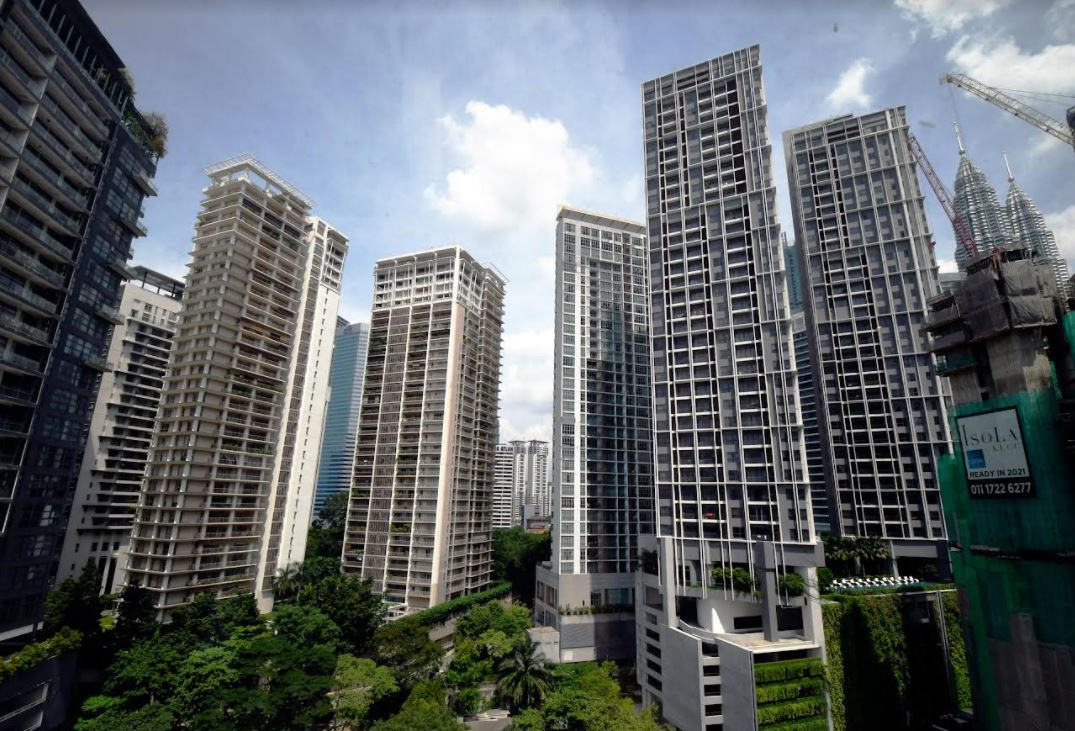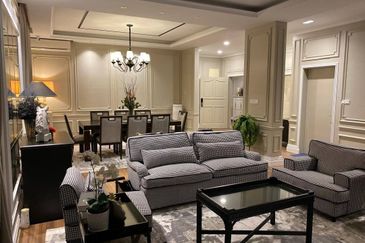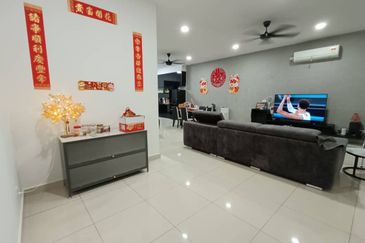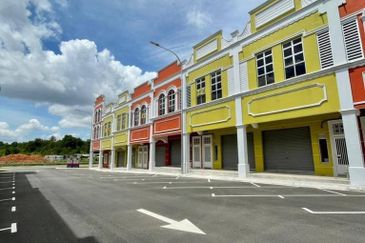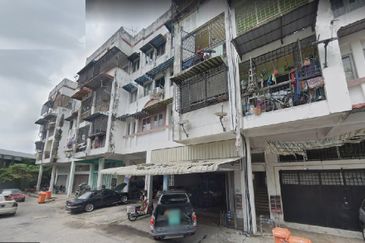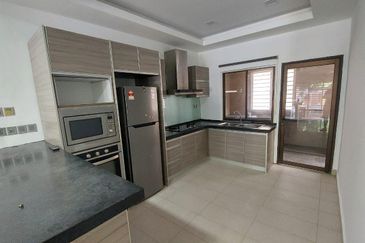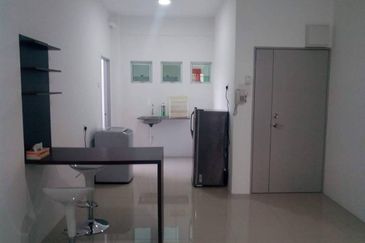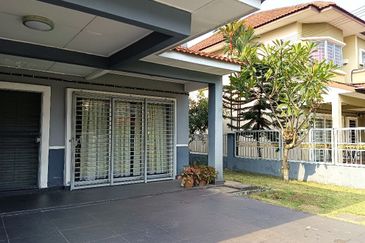Repainting a building is perhaps one of the biggest projects most building managements undertake. This exercise is usually carried out anytime between the building’s fifth and tenth year marks when the original paint may have faded and signs of wear and tear such as mould, mildew and cracks become visible.
How hard can repainting a building be though? Shouldn’t it be a straightforward process of finding a contractor, buying cartons of paint and let them recolour the building? Yes, that may be the most convenient route to take, but to avoid costly mistakes accompanied by painful rectification works, most would think it worthwhile to put in more thought to it.
In fact, do you know that the paint application part is only a fraction of what the entire process entails? If the initial preparation before the actual repainting is not done properly, regardless how expensive or wonderful your paint is, it is as good as throwing it down the drain.
On the other hand, a well-managed property which ensures the repainting is done correctly inadvertently enjoys an increase in value.

Reapfield Properties senior real estate negotiator Chris Ng shares a real example whereby a decade ago, four condominiums in Mont’Kiara, Kuala Lumpur, which were located in close proximity with each other, namely Vista Kiara, Mont Kiara Palma, Mont’ Kiara Pelangi and Mont Kiara Pines, all commanded similar unit market values of around RM450,000 to RM500,000.
“I own a unit at Vista Kiara and at that time, the management was considering whether they should do a repainting exercise. There was a lot of deliberation here and there, but the other three condos went ahead with their repainting works.
“Within two years or so, the units in those three other repainted condos were fetching prices of RM600,000 to RM700,000 while Vista Kiara still remained the same in value,” he shares.
Read: Good upkeep equals good value
Surface preparation a must
So, what should be the first things first in a repainting exercise?
Architect Centre’s accredited building inspector Anthony Lee Tee says that repainting the external walls of stratified high-rise buildings (i.e. the common areas) is not just about “repainting” over the existing layer. The repainting part is minor compared to all the work to be done before the actual coat of colour is applied.

“It is never about just the repainting works. The multi-layer fresh coats of paint are only as good as the condition of the surface that precedes repainting. Therefore, before repainting, it is imperative to assess the condition of the existing wall surfaces to identify visual “clues” commonly found like cracks, hollowness, efflorescence, algae, discolouration, streaks and sometimes water stains, rusts and de-bonding,” Lee tells EdgeProp.my.
He says that once these are identified, they must be repaired before repainting can be carried out, failing which, the repainted surfaces will have shorter lifespans. A shorter lifespan will be costly as the walls must be repainted sooner than planned.
Therefore, the process of repainting entails “surface preparation” that may include repairs and other such remedies to ensure a good and proper adhesion of fresh paint, which, if applied properly (without cutting corners), can outlast the warranty period.
“People often think that the warranty period is equivalent to when the paint fails, but no, the warranty period is not the service life of the paint. By right if you do it properly, the paint condition will exceed the warranty period.
“If the surface preparation is done properly and the warranty period is five years, the paint should last more than five years. It can go up to ten years or more. The specifications of repainting must take into consideration conditions such as crack treatments, bridging undercoats, etc. The appointed repainting contractor must be able to undertake these works as well,” Lee highlights.
Common faults and defects to the existing external masonry wall include lateral or falling dampness; leaks from wet areas; mildew, algae and fungi growth; peeling; cracks; and hollowness to wall plastering, just to name a few, Lee shares.
“If there are lateral or falling dampness, leaks, moisture leading to stain and hollowness due to factors such as incomplete or damaged waterproofing, the appropriate surface preparation act would be to wash the surface with high-pressure water jet to remove the existing paint coatings, peeling paint and loose plaster, and subsequently, soak the surface with low-toxicity bacteria, algae and fungi pre-treatment mixture, and rinse thoroughly with clean water before repairing of the waterproofing is done to mitigate migration of all types of water and dampness from the source,” Lee elaborates.

Joint Management Body chairman of Arata Bukit Tunku Condo in KL, Victor Goon, concurs, saying that with the repainting process comes the housekeeping of the development as well.
“What happens is that before the painting is done, the contractor or the company that does the painting needs to make sure aspects such as cracks and growth of mildew and small plants on the wall have to be addressed. The surface needs to be cleaned properly and cracks need to be sealed. If you don’t prepare the surface properly, it is just a matter of time before the surface shows signs of wear and tear. The repainting result will not last long and additional costs will be needed to repair these mistakes. So these are things to take into consideration when you pick a paint manufacturer to do it, because all these need to be done first,” says Goon.
Age and condition matters
Meanwhile, Don Cheong Architect technical advisor Lawrence Loh highlights that you cannot always get a competent person who is willing to assist until such time when he or she is officially engaged for the project, unless the person is willing to do it on a goodwill basis based on pre-agreed arrangements. It is always a chicken and egg issue.
“Once the person is pre-engaged, he or she will be able to carry out a preliminary visual inspection and at the same time, address related issues in consultation with the property managers. The age and condition of the building is an important factor in determining the next course of action. Whether the building is old or has not been repainted before or repainted many times; or there are substantial non-superficial defects which will affect the quality of the painting works substantially – all these must be addressed,” Loh stresses.

Loh is also the Kiara Park Management Corporation secretary and has been a resident there since 2008. Kiara Park Condominium won Gold in the Multiple-owned Strata Residential – 10 Years and Above category at EdgeProp Malaysia’s Best Managed & Sustainable Property Awards 2021 which recognises real estate that is managed with excellence. The objective of the Awards is to raise the bar on Malaysian property management practices, benchmarking it against the best in class globally.
Loh points out in older buildings or those which have been repainted many times, both the base coat and primer coat would have deteriorated over the years. Under such conditions, repainting alone won’t solve the situation and it will be a matter of time before the paint peels off.
“The earlier evaluation should be able to determine whether the old paint should be totally removed by high pressure water jet, scraping or other means of removal. The process and method statement shall clearly be stipulated as part of the contract under such conditions. The new works shall include a new primer coat and undercoat, and the finishing coat depends on manufacturer’s recommendations as this will affect the warranties,” Loh explains, adding that by the time the tenders are called, all the necessary repair works that would affect the repainting works should have been completed or in progress.
“However, there are circumstances whereby the areas are inaccessible and can only be implemented externally when scaffolding is available. Such works can be carried out in tandem with the painting works and require a bit of coordination and advanced planning with the contractors. Minor repairs or replacements such as gutters or fascia boards can be carried out in tandem by other parties if planned ahead,” says Loh.
Once the work commences, ample notice is to be given to the residents on the sequence of works especially in areas where there might be intrusion into private balconies and terraces. Security and privacy have to be considered and residents must be pre-warned of such situations as their units will be easily accessible from outside.
With appointed supervisors or clerk-of-works on board, site preparation, repairs of superficial cracks or removal of old paints can be ascertained and properly executed by the contractor. Similarly, rusty surfaces or areas with moisture issues have to be treated prior to the actual works.
“The supervisor or clerk-of-work can at the same time verify decisions and act as a liaison between the management and the contractors. This is a pertinent practice, because once the scaffolding is dismantled, it will be expensive and inconvenient to access such locations.
When works are in progress, interim claims will also be submitted by the contractors, depending on the mode of payment the contract calls for, and this is where the claims are verified by the supervisory personnel, including recommendations for payment to be made in tandem with the contract sum. This will also include certification of works that are practically completed and ready for handing over,” Loh elaborates.
Complex building designs affect cost
Two buildings with fairly similar conditions and completed around the same time could receive markedly different quotes for their repainting works. Why? That’s because aside from the paint quality, repair works and building condition, the aesthetics, detailing and components of the building are critical factors in ensuring easy upkeep with minimum maintenance.
“Different types and colours of paint, including building materials, unless UV-stabilised, are also vulnerable in our harsh sunny with torrential rain weather. Roofs or other forms of cantilevers, sun-shades, window openings and hoods, including other forms of fenestration, will promote staining, moisture retention and probable water seepage. Balconies and terraces are semi enclosed and they, depending on design, also form part of the external facade and colour schemes, and have to be clearly defined as to whether they should be included in the repainting exercise as they are sometimes inaccessible and have other cost implications,” says Loh.
He adds that unlike non-residential buildings, many high-rises are not equipped with permanent or temporary gondola systems which can effortlessly move up and down, left and right on the facade of a building.
“These systems are normally installed on the parapet walls and flat roofs of the building. However, this is not the case when the building is capped over with roofing systems and deep overhangs. Unless they are designed with ledges specifically for maintenance purposes, repainting these areas will be a challenge.
“Temporary scaffolding will have to be erected, and if the facade has complicated and different planes, it will have to be implemented in more stages. There are situations where the ground floor areas are enclosed with sky-lighted atriums and court yards. This makes it virtually irrational to mount the scaffolding over the glazing. Temporary supports and protection will have a substantial cost impact on repainting works if they are not taken into consideration when they are first conceptualised,” Loh adds.
Money matters
Architect Centre’s Lee says there needs to be a site supervisory staff along with an estimated cost for the duration of engagement before the work commences.
“For instance, a site supervisory staff estimated to cost RM38,400 (basic salary RM4,000 x 1.6 multiplying factors x six months) must be allocated,” says Lee.
Meanwhile, Loh says that with a proper assessment of the building condition, especially when it is old or full of defects, the scope of works, specifications and the Bills of Quantity can then be clearly
like working conditions, payment schedules, defects, liability period, etc. This will help to reduce disputes and uncertainties when the works are in progress or deemed completed.
“In the case of high-rise developments, the deployment of scaffolding or temporary gondolas will have to be included in the tenders and they are erected or installed by a specialist requiring engineering input and safety certifications. The specification of the type of paints to be used for the various materials can be stipulated in the tender documents including their warranties. There are also high-performance paints suitable for heavy polluted environments such as proximity to highways and this can be considered if budget permits. They can be included in the tender as an alternative,” Loh highlights.
Final wrap-up
Loh also points out that upon completion of the works, there are still procedures to follow through. If the works are carried out in phases, or block by block, or external and internal, inspection and handing over of completed areas can be scheduled differently.
“If works are carried out following proper procedures and interim inspections, there should be minimal non-compliance or outstanding works overlooked. In some contracts with different completion dates, the defects and liabilities may also be different for different blocks or phases, unless mutually agreed that it should be a single date.
“Completion not only invokes the commencement of defects liability, but also activates the warranty period offered by the paint companies. During this period, the final accounts should be finalised, taking into consideration any additional works that are not in the original contract. Do note there is a defects liability period which is undertaken by the applicator and a separate paint warranty issued in the form of a certificate by the paint manufacturer,” Loh sums up.
This story first appeared in the EdgeProp.my E-weekly on Nov 12, 2021. You can access back issues here.
Get the latest news @ www.EdgeProp.my
Subscribe to our Telegram channel for the latest stories and updates
Click here for more property stories
TOP PICKS BY EDGEPROP
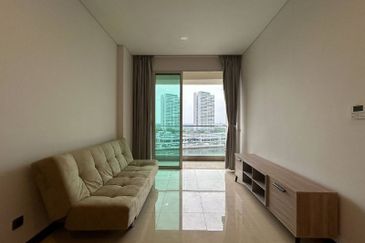
Puteri Cove Residences
Iskandar Puteri (Nusajaya), Johor
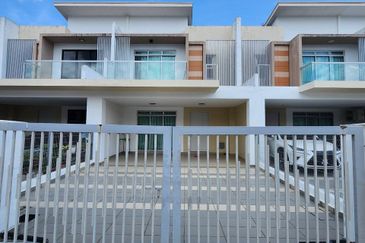
Gerbang Nusajaya @ Iskandar Puteri
Iskandar Puteri (Nusajaya), Johor
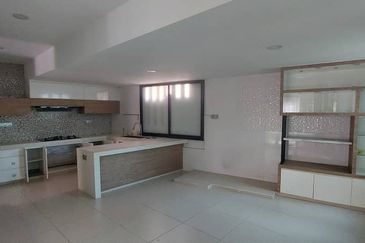
The Villa @ Serai Saujana / Villa Serai Saujana
Shah Alam, Selangor
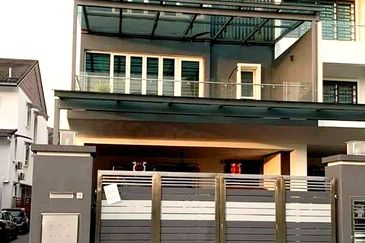
Taman Taming Indah 2
Bandar Sungai Long, Selangor
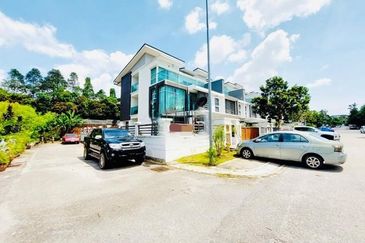
Endlot 2.5 Sty SuperLink Cyprus, USJ Heights, Subang Jaya
USJ Heights, Selangor

